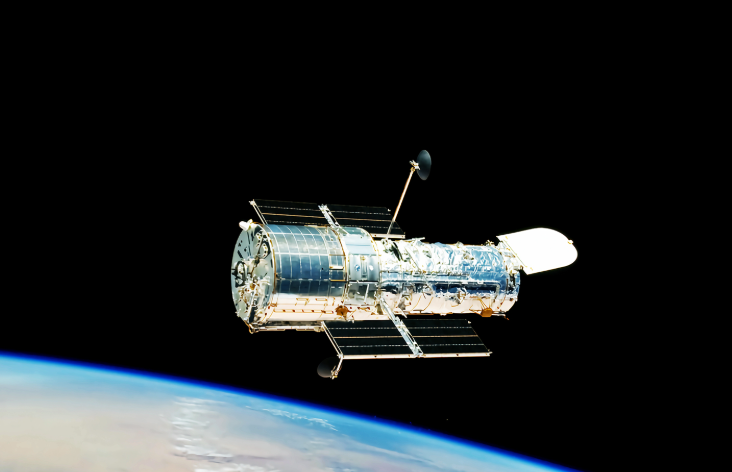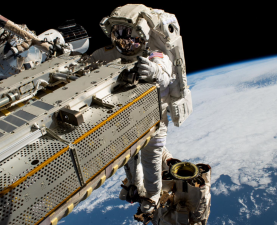Space, as a strategic commanding height and new frontier, has become a vital area crucial to national security and development, and a new battlefield for strategic competition among major powers. Currently, the world's major spacefaring nations view space as a key area for seizing future strategic development advantages and safeguarding national security. They are actively planning space development, strengthening space capabilities, and continuously deepening the integration of cutting-edge science and space technology to enhance their space competitiveness and gain new development opportunities.

Two major in-orbit experiments in 2026: Robotic "Building Blocks" and Self-propagating Chemical Reactions
- Caltech: A Space-Based "Lego" Robot
Mission Date: In February 2026, a Caltech research team will launch a significant space experiment.
Partners: Caltech is collaborating closely with Momentus Inc. and SpaceX on this experiment. Momentus Inc.'s Vigoride orbital servicing spacecraft will carry the experimental equipment and launch it into low Earth orbit aboard SpaceX's Falcon 9 Transporter-16 mission.
Technical Highlights: An autonomous robot will play a key role in the experiment. It will meticulously assemble a 1.4-meter-diameter ring truss from carbon fiber composite materials. This structure simulates the architecture of a future giant antenna. The entire assembly process is fully automated, requiring no human intervention once the equipment is in orbit. An onboard camera will monitor the entire assembly process in real time, transmitting footage back to Earth so researchers can monitor progress. This is like building a high-tech "Lego" model in space, but this model is designed to validate the manufacturing concepts and material properties of future large-scale space structures.
Significance: The success of this experiment is crucial. If the autonomous assembly technology can be successfully demonstrated on-orbit, it will become a key foundation for the future construction of 100-meter-class radio frequency antennas. Once completed, these large antennas will significantly enhance humanity's ability to monitor cislunar space, and will be of immeasurable value for both studying the space environment and responding to potential space threats.

- University of Illinois: The "Magic Hardening" of Carbon Fiber
Mission Date: April 2026. A research team from the University of Illinois will also demonstrate its capabilities in space.
Partners: They are collaborating with Voyager Space and using NASA's Commercial Resupply Mission NG-24 to send experimental equipment to the International Space Station. The experiments will be conducted within the station's Bishop airlock.
Technical Highlight: The team has developed an innovative technique called "frontier polymerization." The experiment uses a flat carbon fiber sleeve, similar to a childhood "stress-relieving toy," but made of carbon fiber. This sleeve is subsequently processed to become a hardened reinforcement. The researchers then inject liquid monomers—unpolymerized molecules in a non-solid state—into the sleeve. Notably, the chemical properties of these monomers have been specially engineered to have a shelf life suitable for space launches and to be stable in the extreme temperatures of space. To harden the carbon fiber sleeve, the research team developed a unique method. Simply igniting one end of the sleeve triggers a chemical reaction that spontaneously propagates throughout the carbon tube, hardening it without the need for large heating equipment (such as autoclaves) as is required on Earth. This technique not only cleverly addresses the challenge of curing materials in space but also opens up new possibilities for the construction of large-scale space structures.
Significance: The successful application of this technology will address a key challenge in efficiently curing materials in space. Theoretically, once the polymerization reaction begins, the process can be scaled up to the fabrication of kilometer-scale structures by continuously supplying raw materials, laying a solid technical foundation for the future construction of ultra-large facilities in space.







